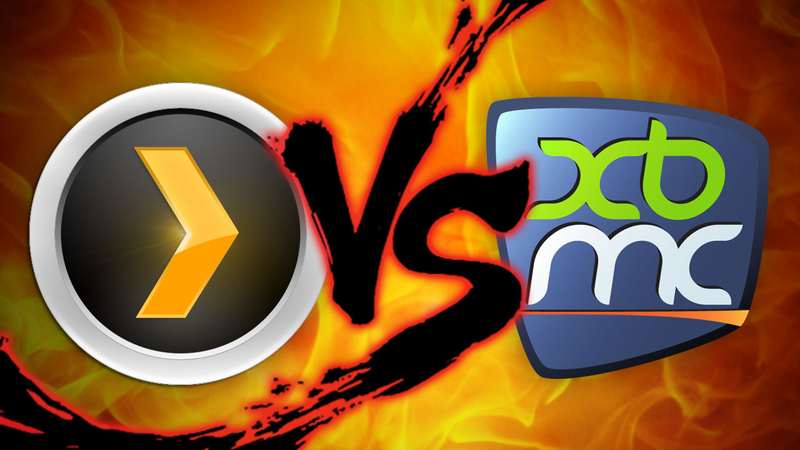
A good home theater(HTIB to Seperates)/Bookshelf combo is recommended.One being the host and the second the access(Explained later) A Router or a LAN switch/selector to connect two computers.Tools and Knowledge Required?(And Suggestions added too) It may also be used to run special applications that allow the user(s) to access the media from a remote location via the internet.Ģ.

Access to these is then available from a central location.

These different types of media (whether they originated on DVD, CD, digital camera, or in physical form) are stored on the media server's hard drive. In a home setting, a media server acts as an aggregator of information: video, audio, photos, books, etc. It may be a simple Network-attached storage, a Home theater PC (HTPC) running Windows XP Media Center Edition, MediaPortal or MythTV, or a commercial web server that hosts media for a large web site.

This definition is vague, and can allow several different devices to be called Media Servers. What is a Media Server?(Thanks to Google)īy definition a media server is a device that simply stores and shares media. Here comes the ultimate solution, a DIY Home Media server.ĭisclaimer : All possible explanations and guide's have been duly noted and included. The pain of transferring all your files to an HDD is a moodkill. Its Party Time and you have all your friends, but unfortunately the best system in your house for satisfying your audio needs is nowhere even close to your desktop. Rpi4 does not burn, but it gets more or less warm (warmer than previous/less powerful Rpi models).So, with parental pressure and a curb on DIY's on my car. I would also recommend an aluminum-"heastink-type" case (e.g. Plex has a "huge" database, and using a SSD is an improvement. "Īpart from this, I would recommend you to buy a SSD (now you can boot from SSD without any tweak apart from installing a stable but not public eeprom). Using a 64GB SD card requires you to reformat the card to FAT32 before doing anything else. According to Raspberry Pi’s official formatting instructions, Raspberry Pi’s bootloader only has support for reading from FAT16 or FAT32 filesystems. Using a 64GB SD card requires formatting with the exFAT filesystem. You can use a 64GB SD card, but there’s a catch. "For the vast majority of projects, sticking to 32GB or below is best. Regarding maximum sd card size, taken from internet ( ):

This is my current Plex server (fine for a 24/7 server). Rpi4 is fine if for several movie streams if no transcoding is needed.


 0 kommentar(er)
0 kommentar(er)
